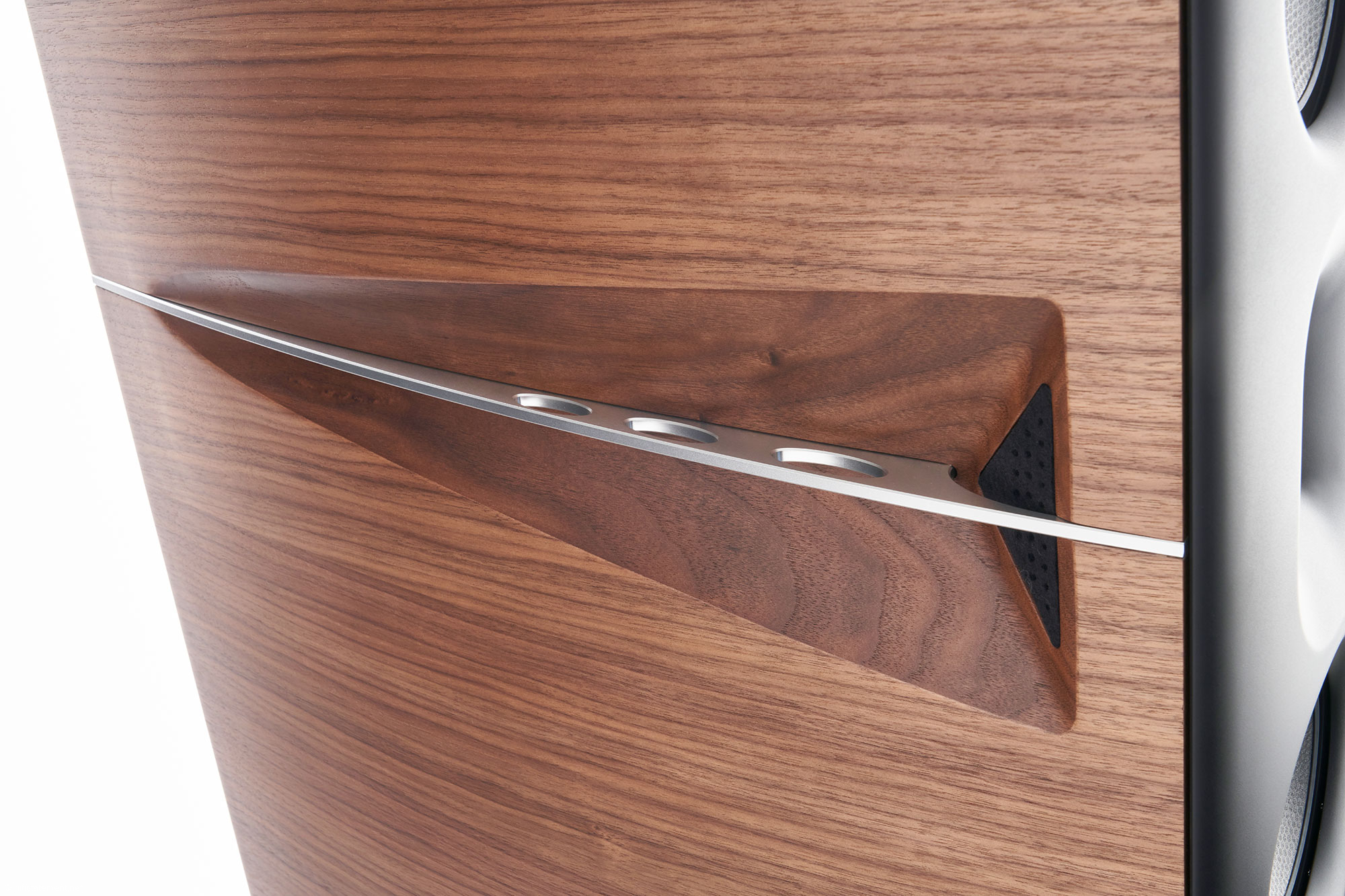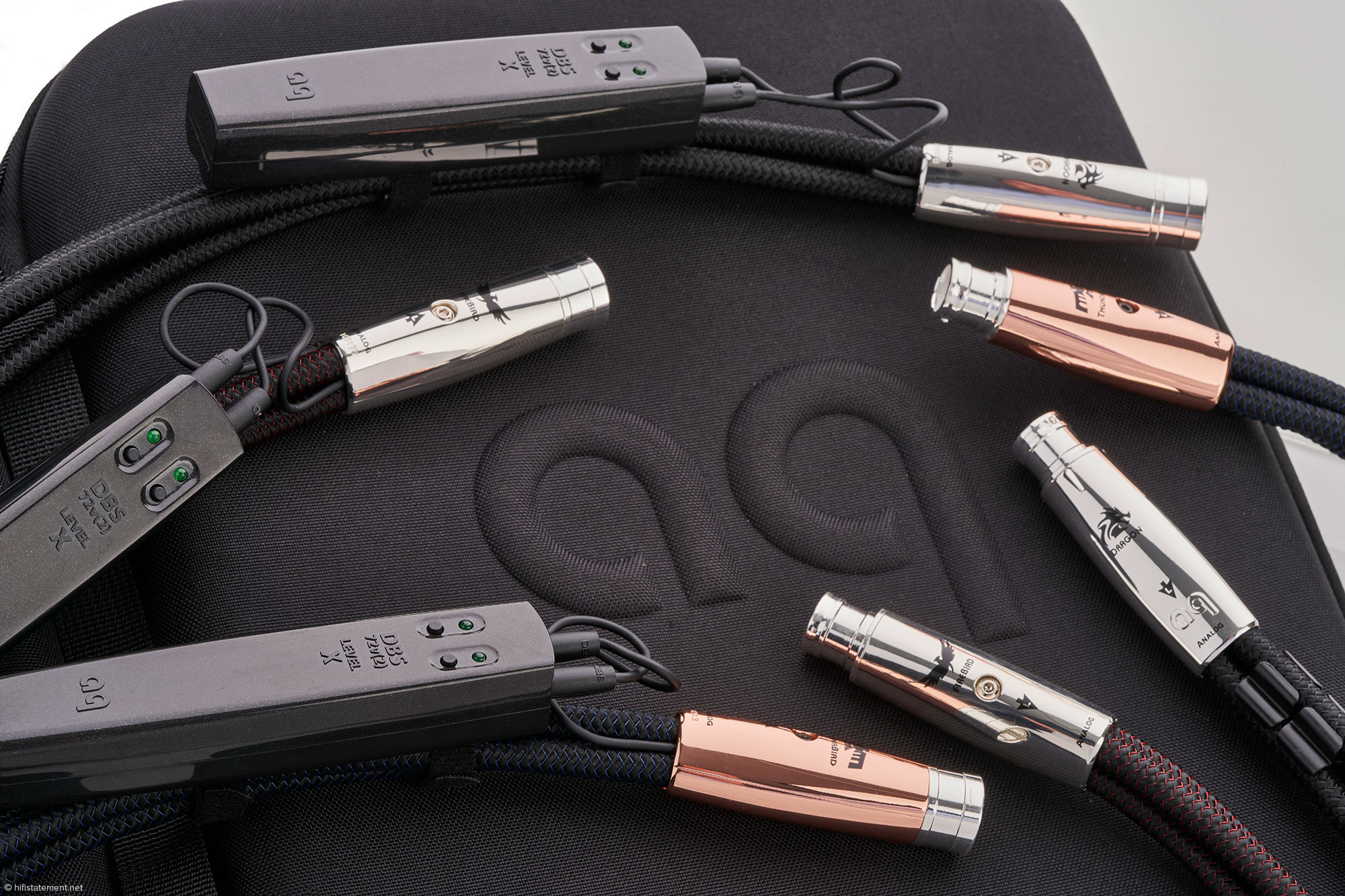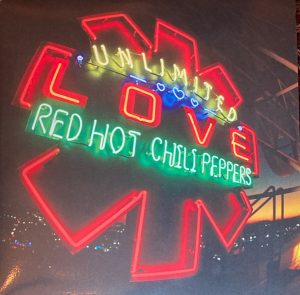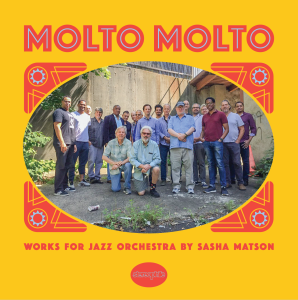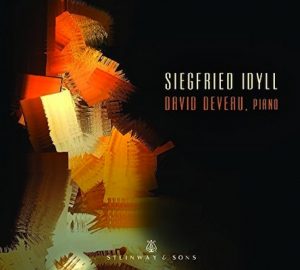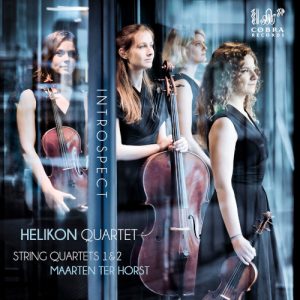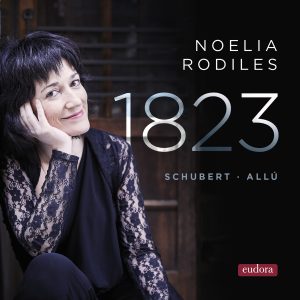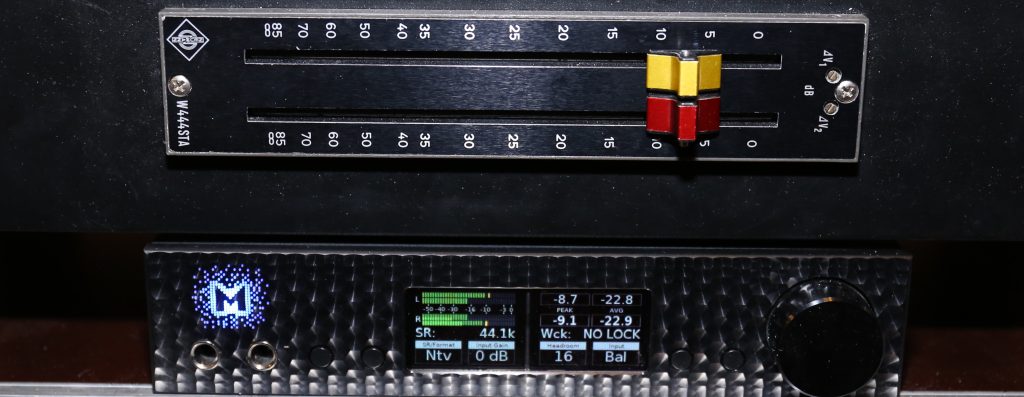
How does the analog become digital?
In 2019, Roland Dietl reported about the current version of the Audiophile Optimizer and shortly after about the combination of the new optimizer with Windows Server. The playback of audio files benefited greatly from this operating system variant. Does the operating system also influence the sound of the files when digitizing master tapes?
I can't get around some Windows variant if I want to generate files in DSD256 with a very good ADC like the Playback Designs Pinot or the Mytek Brooklyn ADC. The Sonoma program, also provided by the American/German digital specialists, then makes a file from the data stream generated by these. As Bert Gerlach, one of the developers, told me, his program runs exclusively on Windows computers. Neither Boot Camp nor Parallels on a Mac will help.
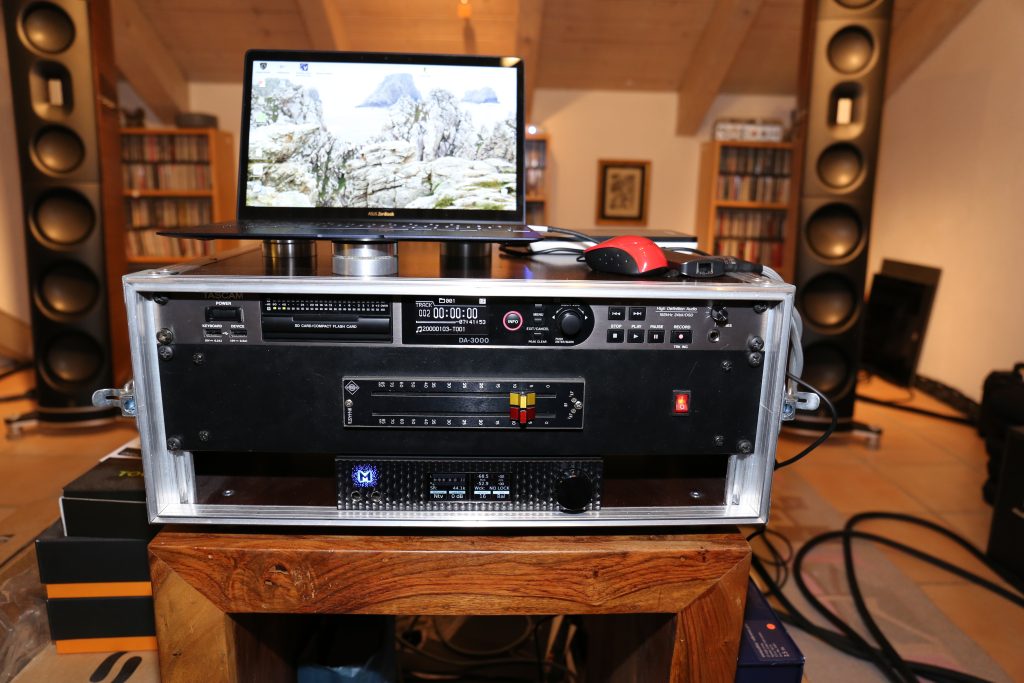
From bottom to top: the Mytek A/D converter, the Neumann active level control, the Tascam 3000 and the notebook with the Sonoma software.
At first, I used the small program only on my notebook with i7 processor, purchased especially for this application, running Windows 10, but then our digital audio specialist Roland Dietl also played up Windows Server on a special partition. In combination with the Audiophile Optimizer, as a look at the active tasks shows, more than 50 percent less programs are active in the background than with Windows 10—which should benefit the generation of music files. Thought, done: For the demonstration in our room at the last Hifi Show before the pandemic, I digitized a song from the album Soyeusement: "Villa Erba." In the first version, the notebook was powered by its switching power supply and Sonoma ran under Windows. The second version was no different in terms of power supply, but the recording program was now running under Windows Server with the Audiophile Optimizer. This was also present in the third recording, but the energy now did not come from a switching power supply, but from a PowerAdd with 23,000 milliamp hours. In order not to make it too easy for the notebook, I decided to use DSD files with 11.3 megahertz.
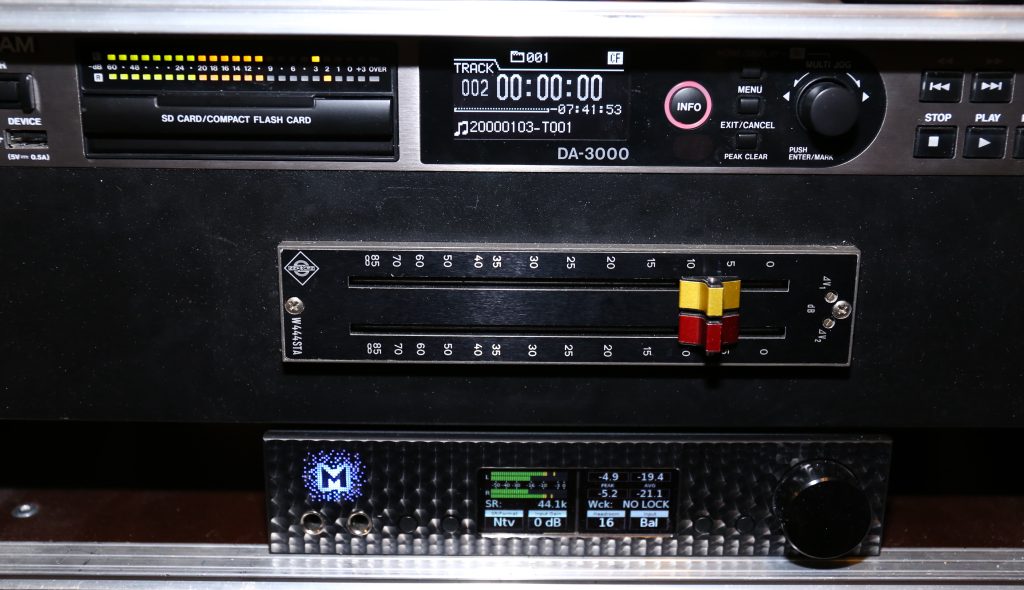
For PCM recordings, the signal from the Mytek is sent not only to the computer, but also to the Tascam to use its peak hold function.
Via the professional equipment in our demo room, I was able to perceive some subtle, but in High End terms by no means negligible differences between the three variants. By the way, our visitors assessed the differences very differently: This ranged from "minimally different, but not clearly describable" to "clearer than I could imagine." By the way, the differences made the biggest impression on an initially very skeptical colleague from the pro area who runs his own studio.

For the recording of the triple variants, the Zenbook was powered by this PowerAdd.
So that not only the fair visitors could hear the differences, but also the readers of hifistatement.net and Positive Feedback, I converted "Pane Caiente," also from the album Soyeusement, directly from the master tape with a Mytek Brooklyn ADC, which is supplied by a SBooster MKII with 12 volts DC, into a data stream. From this, the Asus Zenbook with Windows 10 or Windows Server created the corresponding files. For the third version the Asus is powered by a battery. You can choose between three versions in PCM with 192kHz, DSD with 2.8 megahertz and 11.3 megahertz. Have fun comparing!
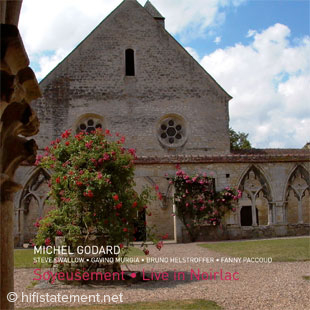
To play or download Michel Godard and Steve Swallow, Pane Caiente in 192kHz PCM
Windows 10, switching power supply
Windows Server, switching power supply

To download Michel Godard and Steve Swallow, Pane Caiente in DSD64
Windows 10, switching power supply
Windows Server, switching power supply

To download Michel Godard and Steve Swallow, Pane Caiente in DSD256
Windows 10, switching power supply
Windows Server, switching power supply
![]()







